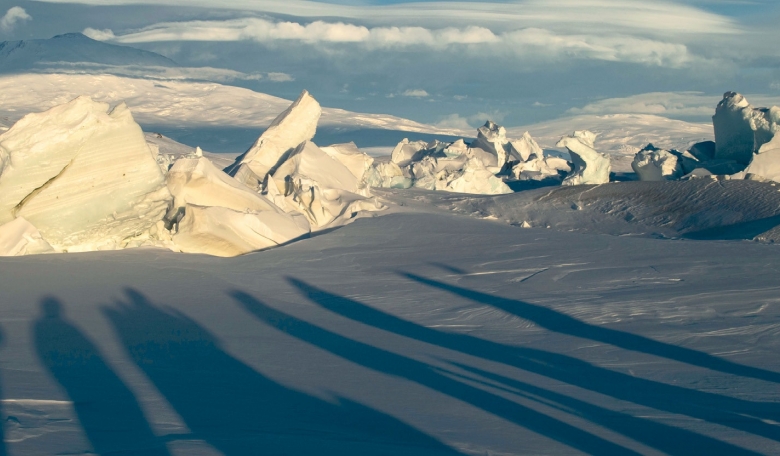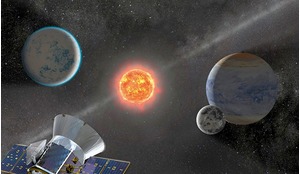Finding neutrinos is no easy task. In the past it has required huge underground liquid-filled tanks to capture the tell-tale signature of an interaction with one of the lightest known particles known to us. Now, a new project aimed at finding the most energetic of neutrinos is being constructed above ground at the Ross ice-shelf in Antarctica. Known as ARIANNA (Antarctic Ross Ice-Shelf ANtenna Neutrino Array), the project hopes to shed light on which astronomical phenomenon is responsible for creating relativistic particles that leave very little trace of where they came from.
Neutrinos are neutral subatomic particles with a mass close to zero and, experimentally, they were only discovered in the 1950s. Detecting neutrinos is a difficult challenge as being one of the lightest known particles, large quantities of matter are needed to observe them as the neutrino interaction cross-section i.e. the probability to see them interact, is very small per unit of matter.
When you think of neutrino experiments, huge tanks filled with water or other liquids spring to mind, which are not only pretty to look at but are also impressively large. However, this in itself poses a problem and when laboratory experiments could no longer be made bigger due to practicality and cost-restrictions, scientists turned to naturally occurring materials instead. Now, experiments designed to search for neutrinos can be found in locations such as the Mediterranean Sea, in lake Baikal in Russia and in the ice of Antarctica.
If you ever wondered why an increasing mass volume is so important for finding neutrinos, when they have already been detected in laboratory experiments, it is because scientists are not only trying to count neutrinos, but they also want to study their energy.
Find out more about the search of neutrinos in the full version of the article, available now to our subscribers.














